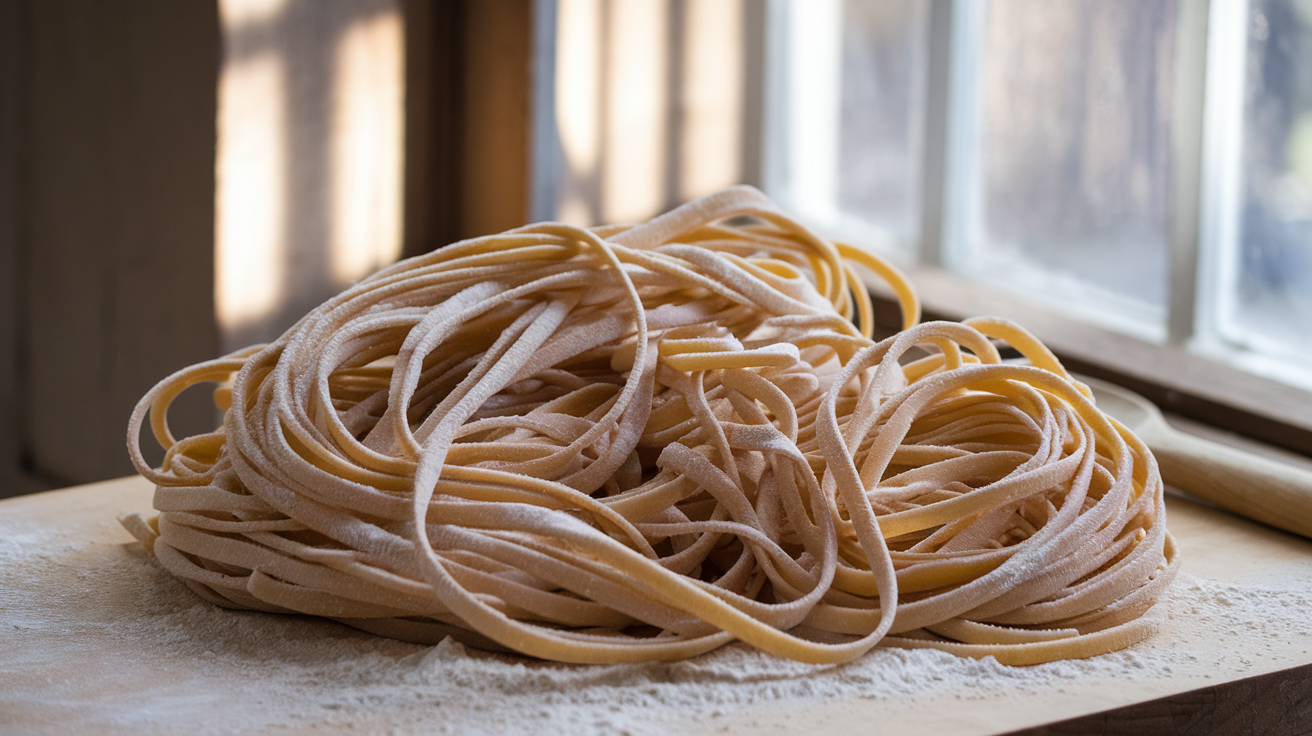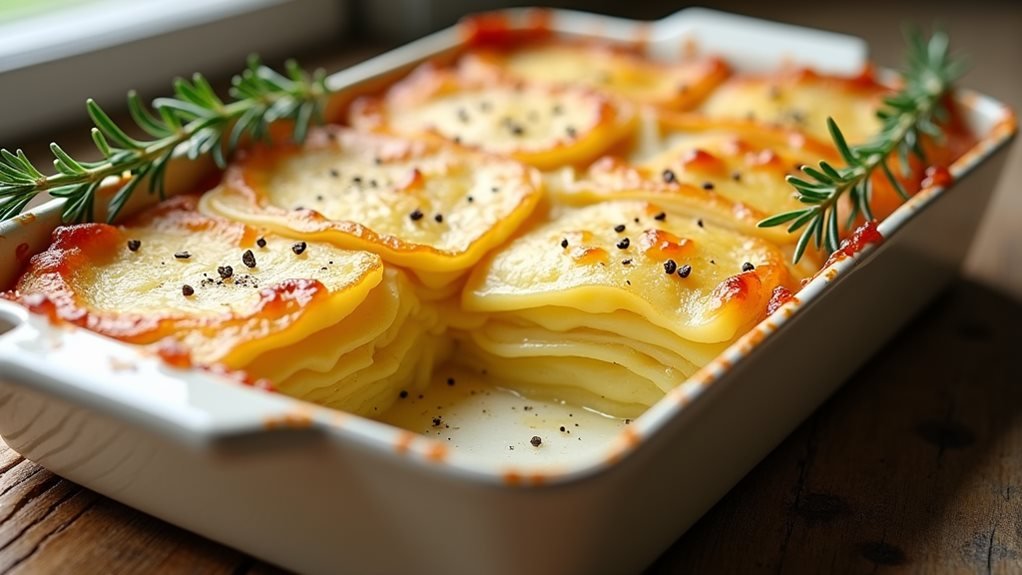Choosing the right knife for cutting vegetables is crucial for efficient and precise preparation. Whether you’re a professional chef or a home cook, having the appropriate tool can make a difference in your culinary experience.
This article will explore the best knife for cutting vegetables and discover which suits your needs best.
By understanding the unique features and purposes of various knives, you can master the art of veggie prep and elevate your cooking skills.
Unlock your inner chef with the knife James relies on for effortless vegetable prep. Shop the top-rated vegetable-cutting knife on Amazon today!
(Check out All Purpose Wüsthof Classic 8-Inch Chef Knife)
Best Knife for Chopping Vegetables
When it comes to types of vegetable knives, several knife options are available. Each knife type’s design and functionality cater to specific cutting tasks.
Let’s delve into the most commonly used knives for vegetable preparation. And understand their suitability for different culinary endeavors.
Chefs Knife

The chef knife is a versatile and popular choice among culinary enthusiasts.
With its long blade, typically 6 to 12 inches, the chef knife excels in slicing, dicing, and chopping various vegetables. Its curved edge and ergonomic handle design provide balance and control, making it a go-to knife for many cooks, vegetable knives vs. chef knives.
Santoku Knife

Originating from Japan, the Santoku knife has gained popularity worldwide for its precision cutting abilities. This knife typically features a shorter and wider blade than the chef knife. Its flat edge and granton indentations reduce food sticking, making it ideal for fine slicing and precise vegetable cuts.
(Need to read Choosing a JA Henckels Knife Set – Which Series Is Best?)
According to Made In Cookware, the Santoku Knife takes the lead regarding versatility and performance. With its distinctive rounded-tip blade and straight cutting edge, this knife excels in slicing, dicing, and mincing tasks.
It proves particularly adept at effortlessly slicing through various vegetables, including tougher-skinned ones like cucumbers and squash.
Paring Knife

When it comes to intricate tasks and delicate vegetables, a paring knife is your best friend. This knife offers exceptional maneuverability and control with its compact size and pointed tip. It excels at peeling, removing seeds, and making precise, intricate cuts.
Other Knife Options
Aside from the chef knife, Santoku knife, and paring knife, there are other options worth considering for vegetable cutting. The utility, nakiri, and cleaver have unique features and purposes.
While the utility knife provides versatility, the nakiri knife specializes in slicing vegetables with its thin, straight blade.
On the other hand, the cleaver is perfect for heavy-duty tasks, such as cutting through hard-skinned vegetables or chopping herbs.
Slice and dice like a pro with our top-rated vegetable knife. Elevate your culinary skills now!
Choosing The Best Knife for Chopping Vegetables
Selecting the best knife for cutting vegetables involves considering various factors such as personal preferences, vegetable types, and budget. Finding a knife that feels comfortable in your hand and suits your cutting style is essential.
If you frequently work with a specific type of vegetable, choosing a knife that complements its characteristics can enhance your efficiency in the kitchen.
Additionally, considering the durability and maintenance requirements of the knife will ensure a long-lasting investment.
Maintenance and Care of Blade Materials
Proper maintenance and care are crucial for preserving the performance and longevity of your vegetable-cutting knife. Regular cleaning, honing, and sharpening will keep the blade in optimal condition.
It is recommended to hand wash your knife and dry it immediately to prevent corrosion. Storing the knife in a knife block, on a magnetic strip, or in a protective sheath will protect both the blade and your safety.
Transform your kitchen experience with the knife that chefs can’t live without. Get yours on Amazon and taste the difference!
Best Knife for Cutting Vegetable FAQs
What type of knife is best for cutting small fruit and vegetables?
When buying a vegetable knife, look for a comfortable grip and a sharp blade to ensure accurate and efficient cutting. Popular options include the Santoku Knife and Paring Knife.
And Bread Knife. Proper care and maintenance are also crucial for longevity, including regular sharpening and proper storage.
What is the sharpest vegetable-cutting knife?
There are many sharp knives suitable for cutting vegetables. However, a paring knife is a popular choice due to its sharpness and ability to make precision cuts.
Other knives to consider include the Santoku Knife and Serrated Knife. Proper care and maintenance are essential to keep the knife sharp for efficient cutting.
What knife is best for cutting onions and vegetables?
A chef’s knife is a versatile option for cutting onions and vegetables. Its long, sharp blade allows for precision cuts, while its weight provides leverage for efficient chopping.
A santoku knife and a nakiri knife are also popular options for vegetable cutting, depending on personal preference and cutting style.
Conclusion
Mastering the art of veggie prep starts with choosing the best knife for effortless vegetable cutting.
By understanding the unique features and purposes of different knife types, you can enhance your efficiency and precision in the kitchen.
With the perfect knife by your side, you can tackle any vegetable with ease and confidence.
Searching for the perfect kitchen sidekick? Look no further! Discover the knife that will make you the envy of every cookout.







